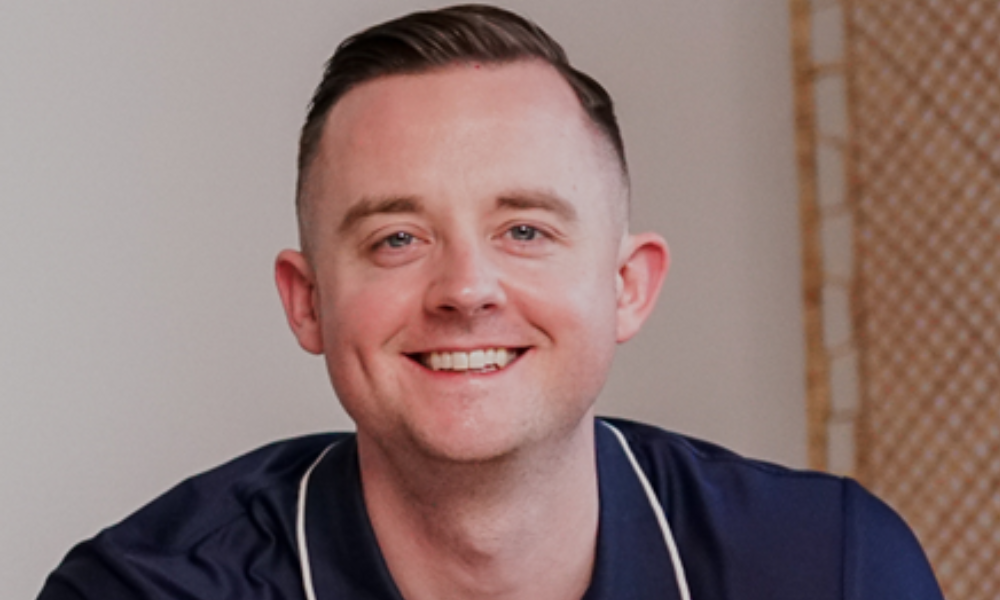It’s a growing demographic that both IIROC and IIAC advisors may have blinded themselves to, affording flat-fee players the opportunity to slide right on through.
It’s a growing demographic that both IIROC and IIAC advisors may have blinded themselves to, affording flat-fee players the opportunity to slide right on through.
While most of the advisor community is falling over each other to service the wealthiest 1 percent because that’s where the money is, average Canadians are getting left behind. Kathy Waite, an advice-only planner in Saskatchewan has always focussed on the middle-market whether in her native England or since she emigrated to Canada 11 years ago.
Commenting on this faux pas, Waite told WP, “Ordinary families are not rich enough to be interesting so no one targets them. Just because they’re not rich doesn’t mean they don’t have to make the most of what they have.”
Interestingly, Waite had a lot to say about robo-advisors, who appear positioned to take the demographic directly below high net worth investors from full-service advisors too busy chasing the 1 percent. Waite believes, however, that robo-advisors are good for clients “55-plus that will use an iPad, they’ll Skype.” Generally, those amenable to using online services.
For the rest of her clients the use of robo-advisors doesn’t make as much sense because once you send them off to one of these services they usually don’t return for annual checkups on their initial financial plan.
As a result Waite refers her clients (at no charge) to portfolio managers or other third-party advice including her son who is an IIROC-regulated advisor. By doing so she’s able to generate renewal income she might otherwise lose. More importantly, by maintaining annual checkups she’s able to keep clients moving forward on their financial journeys.
Waite’s overarching view of the advice-only business:
“I’m really pleased to see that there’s more of it going on because it just opens up the debate and it gets people thinking about why I’m doing this, what help do I want, what’s a reasonable cost. The problem’s been there’s been no choice in the past.”
Now there is.
While most of the advisor community is falling over each other to service the wealthiest 1 percent because that’s where the money is, average Canadians are getting left behind. Kathy Waite, an advice-only planner in Saskatchewan has always focussed on the middle-market whether in her native England or since she emigrated to Canada 11 years ago.
Commenting on this faux pas, Waite told WP, “Ordinary families are not rich enough to be interesting so no one targets them. Just because they’re not rich doesn’t mean they don’t have to make the most of what they have.”
Interestingly, Waite had a lot to say about robo-advisors, who appear positioned to take the demographic directly below high net worth investors from full-service advisors too busy chasing the 1 percent. Waite believes, however, that robo-advisors are good for clients “55-plus that will use an iPad, they’ll Skype.” Generally, those amenable to using online services.
For the rest of her clients the use of robo-advisors doesn’t make as much sense because once you send them off to one of these services they usually don’t return for annual checkups on their initial financial plan.
As a result Waite refers her clients (at no charge) to portfolio managers or other third-party advice including her son who is an IIROC-regulated advisor. By doing so she’s able to generate renewal income she might otherwise lose. More importantly, by maintaining annual checkups she’s able to keep clients moving forward on their financial journeys.
Waite’s overarching view of the advice-only business:
“I’m really pleased to see that there’s more of it going on because it just opens up the debate and it gets people thinking about why I’m doing this, what help do I want, what’s a reasonable cost. The problem’s been there’s been no choice in the past.”
Now there is.



